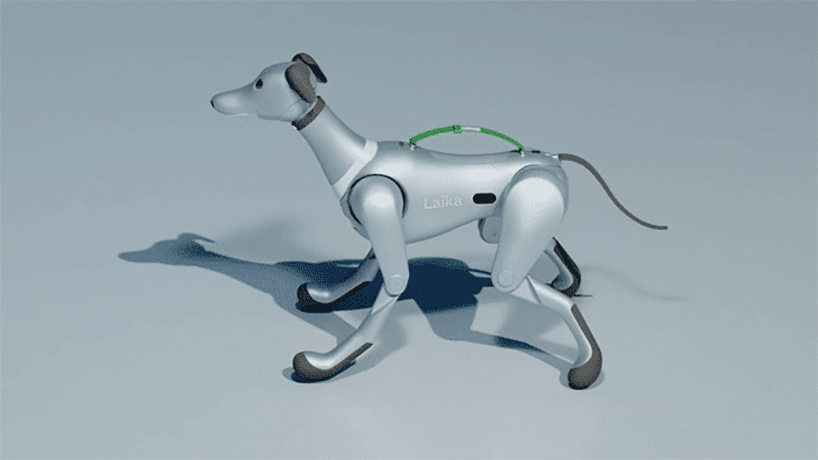The concept of Laika, a life-like robotic dog, has been introduced as a potential AI-powered companion for astronauts during space travel. Named after one of the first animals in space, Laika aims to address the loneliness experienced by astronauts by serving as a pet substitute.
Unlike existing robotic dogs, Laika was designed by Jihee Kim to be a friendlier version and can be integrated into “domestic contexts” for astronauts. Beyond companionship, Laika is equipped for emergency situations and monitoring the health of individuals aboard the space vehicle.
Constructed from robust titanium to withstand extreme space conditions, Laika incorporates various sensors for object and people identification, thermal imaging, depth cameras, slam cameras, ultrasonic sensors, and ECG sensors for health monitoring. The sensors play a crucial role in recognizing emotions physically manifested in astronauts during heightened emotional states.
Future improvements for Laika include the addition of mixed reality glasses, providing users with real-time information about the robotic dog’s activities. The renders of Laika depict a friendly-looking dog, aiming to offer companionship to astronauts who may miss their actual pets during space missions.


Laika features a stretchable handle on its back, allowing users to carry small items or lift and move the robotic dog around. Besides its potential application in space, Laika is versatile and can be utilized in domestic situations as well.
While Laika is currently a conceptual idea, its development represents an innovative approach to addressing the psychological and emotional needs of astronauts during extended space missions. The potential incorporation of mixed reality technology further enhances its capabilities, providing users with additional information and interactivity.
Filed in . Read more about Robotics.